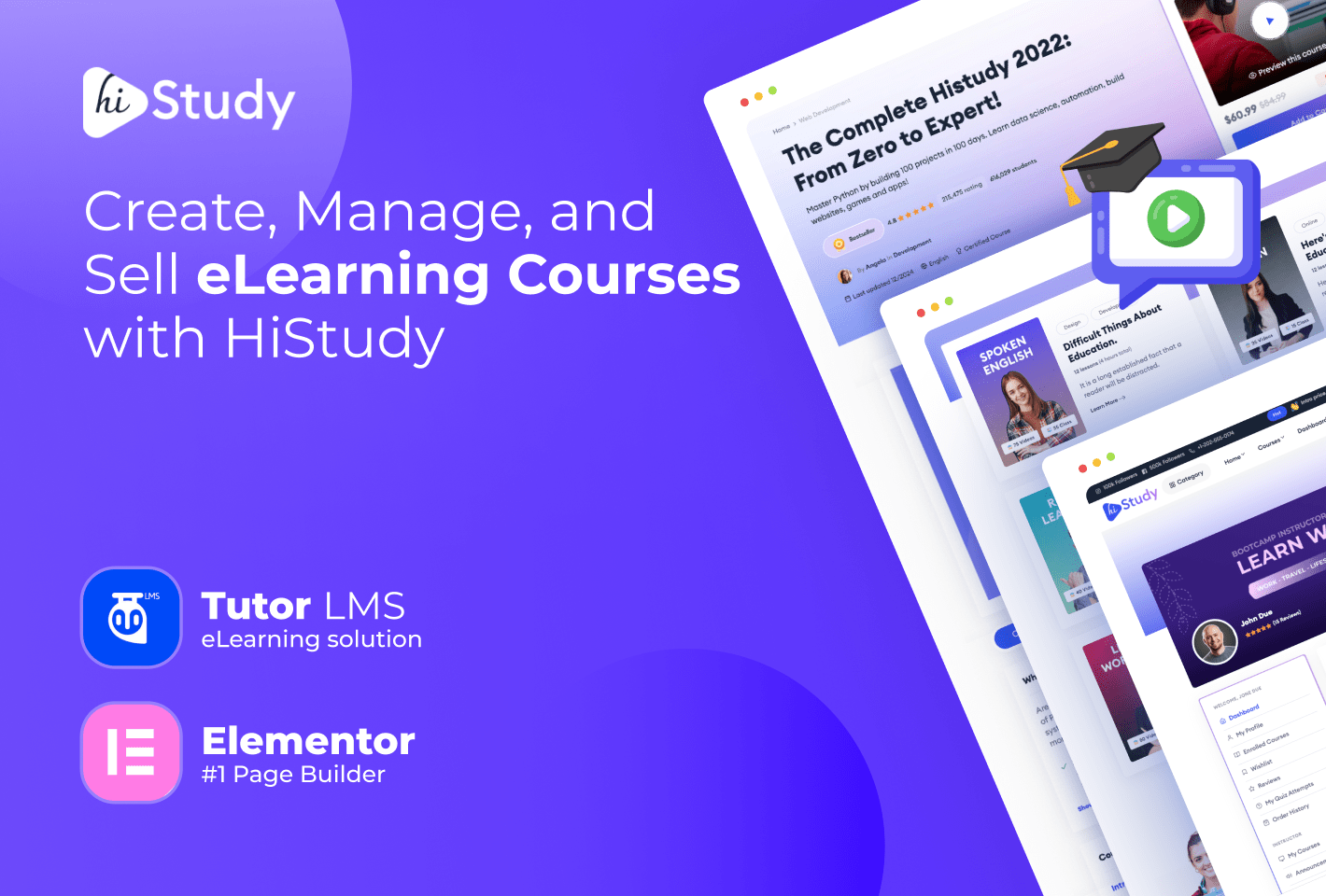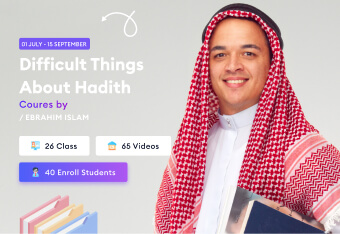Unit 05 (Attribution) explains how conversion credit is assigned across touchpoints, what models are available in GA4/Google Ads today, when to use them, and how attribution changes budget allocation and channel strategy. It focuses on comparing rule-based models with data-driven attribution and interpreting shifts in reported performance when the model changes.
What attribution is
-
Definition: An attribution model is a rule set or algorithm that distributes conversion credit across touchpoints on a path, affecting reported conversions and ROI by channel.
-
Why it matters: Changing models can reweight top‑funnel (first‑touch) versus bottom‑funnel (last‑touch) channels, leading to different optimization and budget decisions.
Models available now
-
Data‑driven attribution (default in GA4/Google Ads): Uses a counterfactual, machine‑learning approach over converting and non‑converting paths, factoring order, timing, device, and ad types to apportion credit by marginal impact. Best all‑purpose choice when sufficient volume exists.
-
Paid and organic last click (aka last non‑direct click): Assigns 100% credit to the final non‑direct touchpoint in the cross‑channel path; direct gets credit only if the entire path is direct. Useful for simple, short journeys or when aligning with legacy reporting.
-
Google paid channels last click: Gives 100% credit to the last touchpoint, but if any Google Ads click exists in path, Google Ads receives all credit; helpful when reconciling Analytics with Ads for optimization.
Models deprecated in GA4 reporting
-
First click, linear, time decay, and position‑based were removed from GA4 in Nov 2023, though their concepts remain useful for education and offline analysis.
-
Concept refreshers:
-
First click: 100% to the first interaction; highlights demand generation and discovery.
-
Last click: 100% to the final interaction; highlights demand harvesting and closing media.
-
Linear: Equal split across all non‑direct touches; good for diagnostic view of multi‑touch paths.
-
Time decay: Heavier weight near conversion with a 7‑day half‑life common; favors short‑cycle closers.
-
Position‑based: 40/20/40 split emphasizing first and last touches.
-
How GA4 attribution works
-
Scope and configuration: Choose the property‑level model for event‑scoped dimensions in Attribution settings; user/session‑scoped dimensions use fixed logic.
-
Lookback and modeling: GA4 uses up to 90‑day lookback and conversion modeling to fill gaps from consent/cookies and cross‑device; DDA can consider many prior interactions.
-
Cross‑channel paths: Last‑click variants ignore direct unless the path is all direct; examples clarify how credit shifts among email, organic, paid, social, and YouTube engaged views.
When to use which model
-
Use data‑driven by default when volume exists; it more accurately captures incremental lift across channels over time.
-
Use last‑non‑direct click for simpler reconciliation with historical reports or when stakeholders expect deterministic “closer” crediting.
-
Use Google paid channels last click to align Analytics to Ads optimization workflows when Ads needs to see full credit for its closing touch in mixed paths.
Practical impacts on decisions
-
Budget shifts: Expect organic/search assisters to gain credit under data‑driven versus last‑click; direct often loses credit under first‑interaction models and gains under last. Plan reallocations accordingly.
-
Channel evaluation: Compare channel performance under data‑driven and last‑click side‑by‑side before cutting top‑funnel campaigns; assisted value may only appear under multi‑touch.
-
Bidding and targets: Re‑derive CPA/ROAS targets per attribution model; Ads optimization uses the model to learn which campaigns to scale.
-
Reporting alignment: Agree on a “contracted” model for finance and a diagnostic view for marketing to avoid whiplash from model changes.
Hands‑on exercises
-
Model comparison: Pull conversions by channel under data‑driven vs paid/organic last click; quantify percent deltas and discuss budget implications.
-
Path diagnostics: Inspect typical paths and identify assist channels that lose credit under last‑click; propose tests to validate incremental lift.
-
Governance: Document attribution settings, lookback windows, and reporting views for stakeholders; note that GA4 retired several rule‑based models.
Key takeaways
-
Default to data‑driven for ongoing decisions; use last‑click variants for reconciliation and edge cases.
-
Always sanity‑check budget moves by comparing at least two models before action to avoid starving assist channels.
-
Align Ads optimization model with Analytics reporting to keep learning signals and business reporting consistent.






